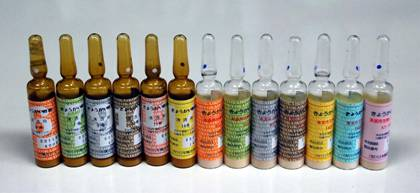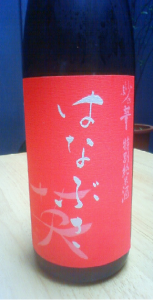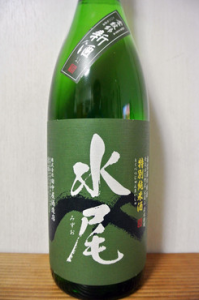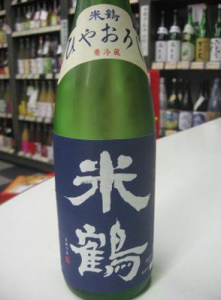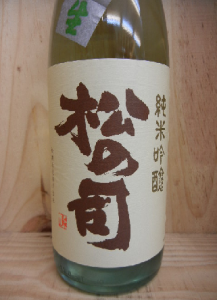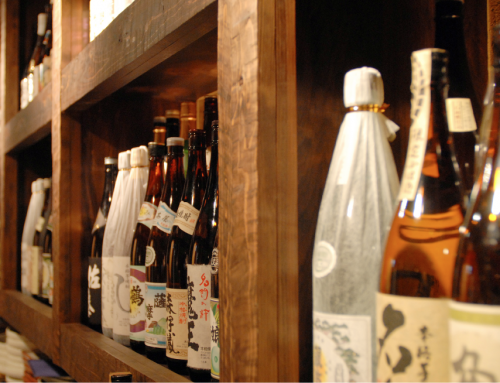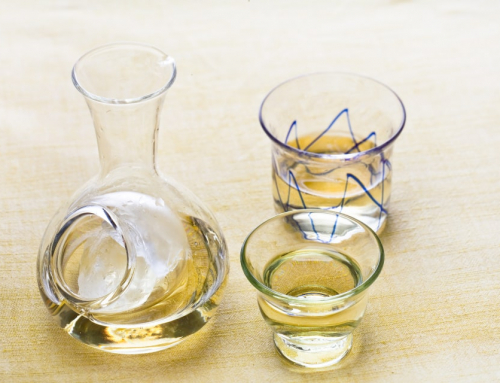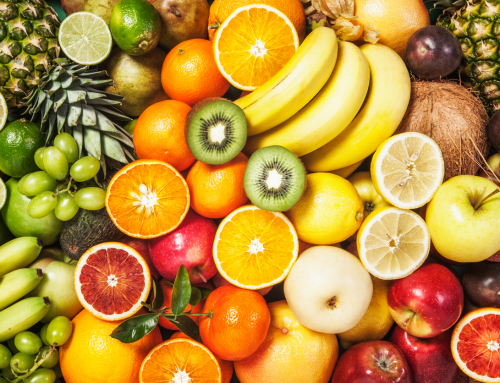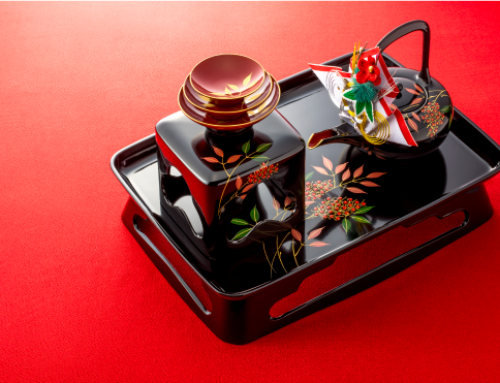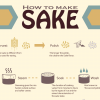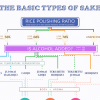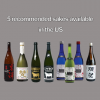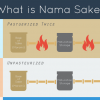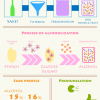Contents
What do yeasts (Kobo) do to Sake?
To summarize the sake brewing process very briefly, starch in rice grains is converted to glucose by Koji while the glucose is converted to alcohol and carbon hydrate by yeasts (simultaneous fermentation). Thus, yeasts, or Kobo (酵母) in Japanese, are required to be active throughout the Moromi fermentation process. In general, yeasts tend to produce good aromas when exposed to hard conditions. However, if unable to withstand the hard conditions, they may produce off-flavors or stop fermenting. Accordingly, a variety of yeasts are distributed from Japan Brewery Association, originally collected from the Moromi of decent sake breweries. This collection of yeasts distributed by Japan Brewery Association is called Kyokai Kobo (きょうかい酵母).
Why are there many types of yeasts?
Converting glucose to alcohol, yeasts (Kobo) also produce by-products such as acid, amino acid, aroma components (ester) and the like which all have substantial effects to the aroma of Sake. The nature of those by-products are different depending on the types of yeasts. Also the temperature at which they are most active varies with the types of yeasts. Therefore, sake breweries decide which type of yeasts to use depending on what kind of brewing method they will undertake and on what kind of sake they want to produce.
Let’s have a closer look at some of the main types of yeasts.
It is Kobo No.6 and Kobo No.7 that are suitable for making Junmai-Shu (Pure rice sake) and Kimoto-type sake. No.6 tends to produce moderate aromas and complex flavors, whereas No.7 is very active in the Moromi fermentation process, producing mild yet savory sake. On the other hand, No.9 and No.14 are very active at low temperature, suitable for making Ginjo. No.9 produces fruity, fragrant aromas, whereas No.14 produces less acid than No.9 and aromas of sweet fruits.
| Number | First Distribution Year / Origin | Characteristics |
|---|---|---|
| No.6 | 1935 / Aramasa Brewery in Akita Prefecture | ferments very actively. sophisticated, moderate aromas. Complex flavors. Suitable for clean sake, Kimoto-type sake. |
| No.7 | 1946 / Masumi Brewery in Nagano Prefecture | Fresh and fragrant aromas. Complex flavors. widely used for Ginjo, Futuu-Shu, Kimoto-type sake. |
| No.9 | 1953 / Katsuyu Brewery in Kumamoto Prefecture | Also known as Kumamoto Kobo. ferments actively at low temperature. Fragrant Aromas. Good for Ginjo. |
| No.14 | 1995 / Kanazawa Customs Investigation Center in Kanazawa Prefecture | Also known as kanagawa Kobo. Little acid. Fruity aromas of melon and pear. Suitable for Ginjo. |
| No.15 | 1996 / Brewery Test Center, Akita Prefecture | Little acid. Suitable for sake with floral, fruity aromas. |
Drink Sakes and learn different yeasts.
Taenohana Hanabusa
Classification: Tokubetsu Junmai Muroka Nama-genshu
Yeast: No.6
Sake that is unfiltered (muroka), unpasteurized (nama) and undiluted (genshu), made from organic sake rice (Yamada-nishiki). Sophisticated aromas peculiar to unpasteurized sake. Smoky and mineral. Heavy and dry. Goes well with Gorgonzola cheese. Mild and pleasant palate peculiar to No.6 yeasts. Recommended at Nurukan (40℃).
Mizuo
Classification: Tokubetsu Junmai
Yeast: No.7
Clean and simple flavors peculiar to Yeast No.7. Just like water with mellow, rich aromas. Aromas of unripe melon and citrus. Light yet grainy and savory. Goes well with marinated fish and salad with dressing on it.
Yonetsuru
Classification: Junmai Ginjo (Jonetsu)
Yeast: No.9
Made by the sake brewery who uses the sake rice they cultivate for themselves. Aromas of sweet apple and ripen grapefruit. Mineral and sophisticated. adequate acidity. Goes well with Teriyaki chicken.
Matsu-no-tukasa
Classification: Junmai Ginjo
Yeast: No.14
Aromas of ripen white peach, ripen pear and a bit of lemon zest. Smooth and clean. Well balanced. Moderate ageing gives richness.

